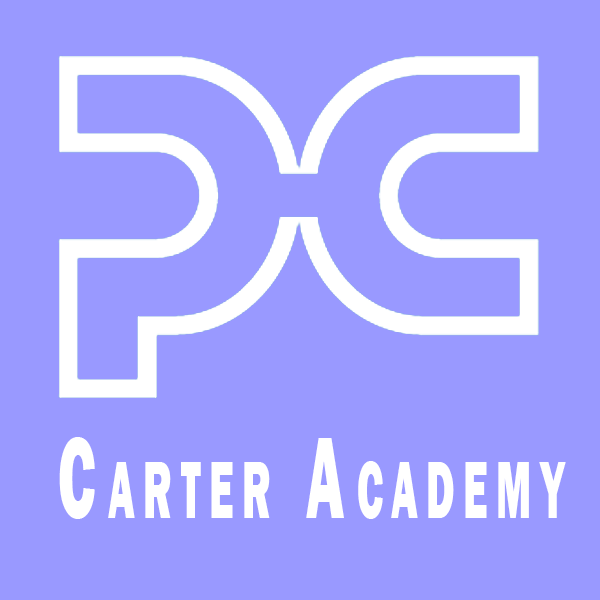If you have not seen the first article on Microbits start here.
Microbits in K12 Article
Video introduction to Makecode
In this video I show some of the features of Makecode software and the features of the Microbits.
🎯 Purpose of Block Programming in K–12
- Introduce Computational Thinking
Block programming helps students understand how to break problems into steps, create sequences, use logic, and debug—core elements of computational thinking. - Provide a Visual, Hands-On Entry Point
Blocks are color-coded, puzzle-like pieces that fit together only in ways that make sense, helping students visualize how code is structured and functions. - Make Programming Inclusive and Less Intimidating
For students who are new to coding or struggle with typing, spelling, or syntax, block coding removes barriers and builds confidence. - Support Early STEM Education
Block programming supports cross-disciplinary learning, from building math fluency to designing creative art and science projects. - Prepare Students for Text-Based Languages
Once students understand coding logic through blocks, they are better equipped to transition to typed languages like Python, JavaScript, or HTML.
EXAMPLE PROJECTS
🎲 1. Dice Simulator
Project Link: Dice
This project turns the micro:bit into a digital die. Shake it, and the LEDs will display a random number between 1 and 6—perfect for learning about randomness, loops, and variables.
Classroom Use:
- Great icebreaker or math activity
- Can pair with board games or probability lessons
✋ 2. Rock, Paper, Scissors Game
Project Link: Rock Paper Scissors
Shake the micro:bit to randomly display one of the classic game choices. This project introduces conditional logic and randomness.
Classroom Use:
- Group coding exercise
- Explore decision-making or game theory concepts
🏃♂️ 3. Step Counter
Project Link: Step Counter
Using the built-in accelerometer, students code a pedometer to count steps. This project teaches about sensors and data tracking.
Classroom Use:
- Combine with PE or health science
- Encourage data analysis (e.g., steps over time)
🎵 4. Music Machine
Project Link: Music Machine
Students program the micro:bit to play tones or melodies by pressing buttons. They learn about musical notes, loops, and input/output.
Classroom Use:
- Integrates well with music and math
- Fun extension: build a multi-note keyboard with alligator clips and bananas
💬 5. Name Tag
Project Link: Name Tag
Program your name (or any message) to scroll across the LED screen. A great beginner project to introduce programming concepts and personalization.
Classroom Use:
- First-day project or classroom display
- Can be paired with wearable tech activities
Resources to Explore
- Official micro:bit Foundation
- Free lessons, tutorials, and teacher guides
- Free lessons, tutorials, and teacher guides
- Python Editor for micro:bit
- For more advanced students or text-based learners
- For more advanced students or text-based learners
- Teach Computing (UK)
- Curriculum-aligned lessons using micro:bit

Leave a Reply